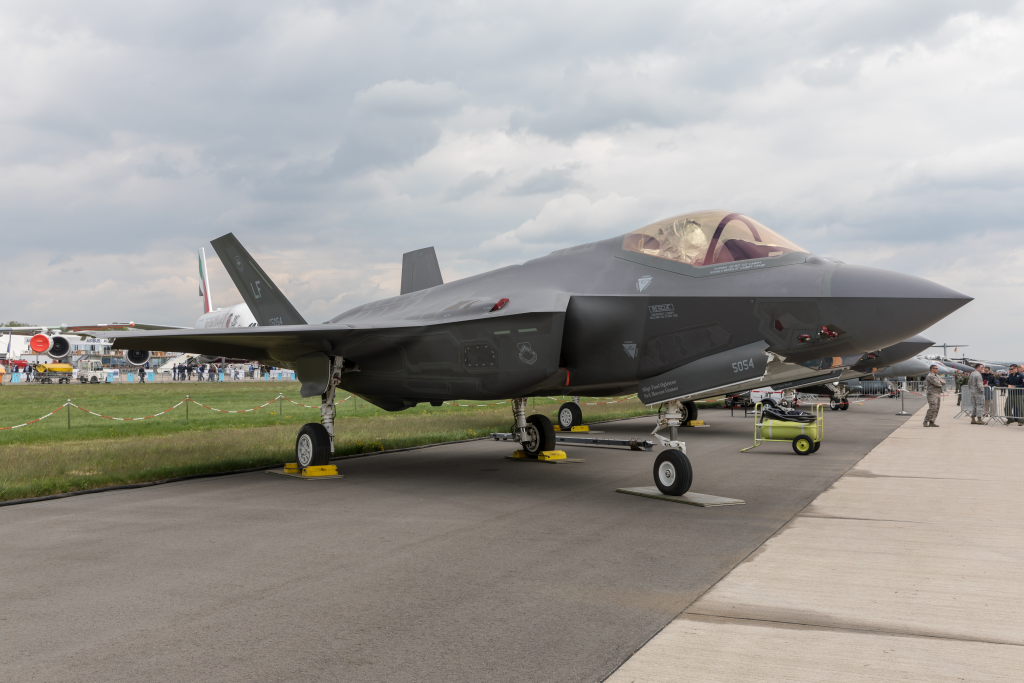
What do you get when you combine a nuclear-powered carrier, electromagnetic catapults, and precision nuclear-capable fighters? For Italy, it could be the most ambitious leap in naval aviation since the Cold War. The nation’s defense planners are sketching out a future where endurance, autonomy, and enhanced air power converge on a single platform.
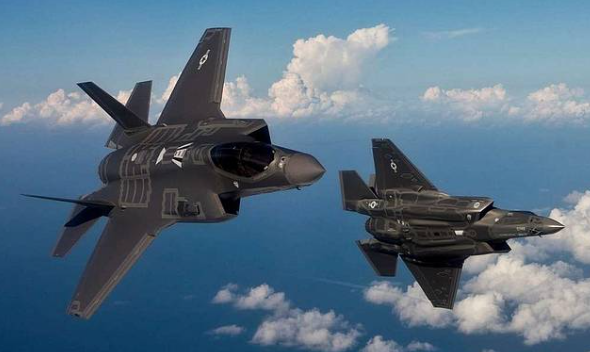
This vision is materializing in the backdrop of rapid modernization in the F-35 program, with or without cost overruns and delays. From propulsion system improvements to innovation in radar, the Joint Strike Fighter is evolving into a platform capable of taking off from tomorrow’s carriers conventional or nuclear. Seven developments explain how Italy’s naval ambitions and the F-35 evolution might reshuffle European power projection.

1. Italy’s Nuclear Carrier Ambition
Italy will initiate early research in 2026 on the Portaerei di Nuova Generazione, the future carrier which could be propelled by a small naval reactor. Admiral Enrico Credendino claimed nuclear power is under examination with the Navy’s plans through 2040, including plans to integrate unmanned systems and advanced cyber defense. If given the green light, this would be Italy’s first nuclear warship, with decades of service life from a single refueling and freeing up space for more aviation fuel and ammunition.
The project is aligned with the Minerva project, which explores the integration of 30 MW-class small reactors onto surface vessels. Sponsored by Fincantieri and its sponsors, Minerva’s research studies aim to reduce dependence on fossil fuels and enable high-power systems like EMALS and directed-energy defenses. A ship like this carrier can support heavier aircraft, like future 6th-generation fighters, far beyond current STOVL decks.

2. EMALS and Future Air Wing Options
Electromagnetic Aircraft Launch System (EMALS) incorporation would transform Italy’s future carrier to have the capability to launch heavier, non-STOVL planes. This would enable it to potentially think about alternatives to the F-35B, such as the F-35C or perhaps even a naval version of the trinational GCAP fighter.
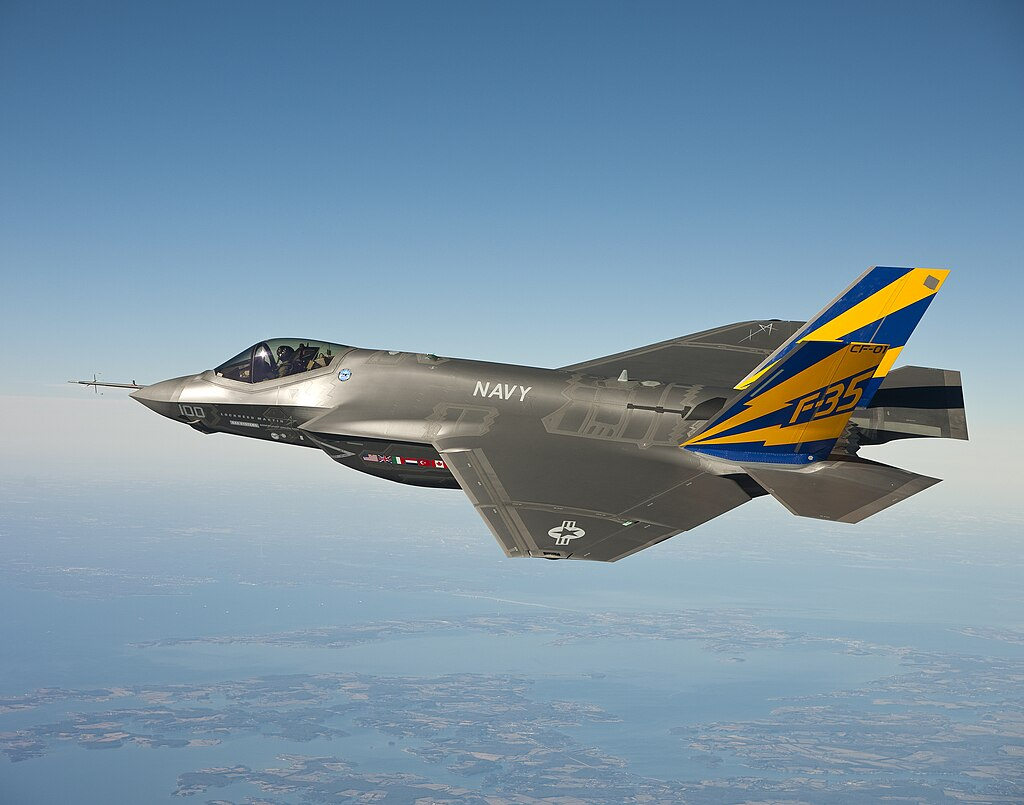
The air wing choice has yet to be determined, but EMALS would future-proof the platform for next-generation aircraft designs. It would also reduce sortie rates and stress on air frames compared to steam catapults, critical to sustained operations in high-tempo environments.
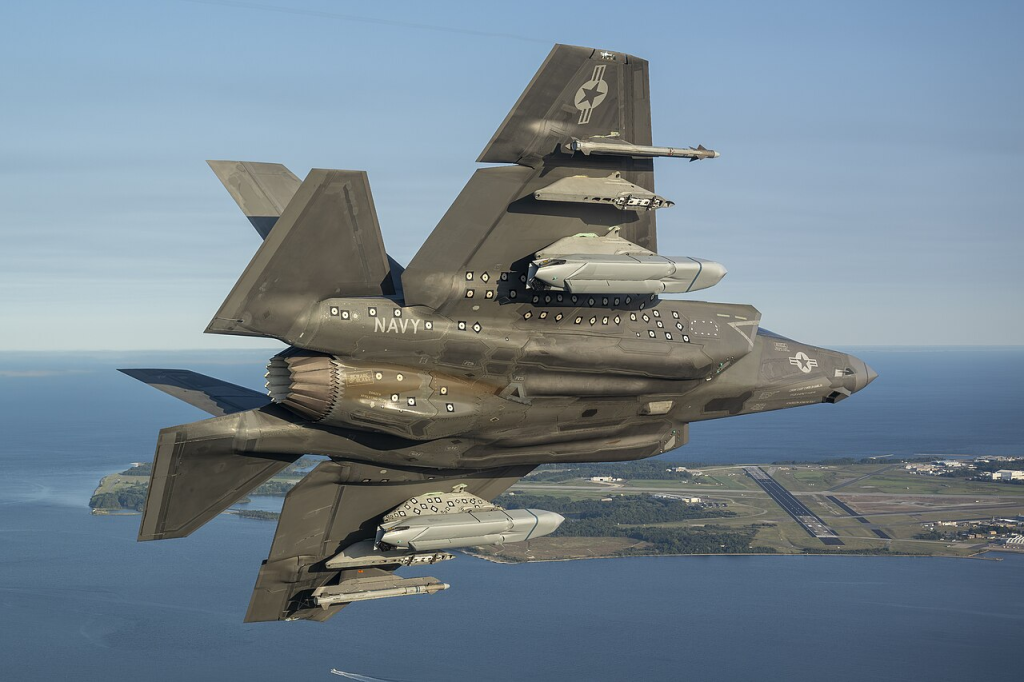
3. F-35 Block 4: Widen the Strike Envelope
Block 4 upgrade of the F-35 equips the fighter with over 80 new features, ranging from new sensors to expanded weapons integration. Lot 17 and beyond will support the AGM-158 family cruise missiles, the GBU-53/B StormBreaker-II, and the ‘Six-in-the-Bay’ internal carriage of missiles.
These enhancements will significantly expand the range of the fighter, with AGM-158 versions offering up to 1,000-mile standoff strike capability. For a carrier air wing, this equates to the ability to attack targets way out on the horizon at low observability.

4. Nuclear Strike Capability with the B61-12
The F-35A was the first fifth-generation fighter certified to drop the B61-12 nuclear bomb in October 2023. Russ Goemaere of the F-35 Joint Program Office referred to it as “the first new platform to achieve this status since the early 1990s.” This capability enhances NATO’s deterrence position, particularly in Europe, where Italy is a nuclear-sharing partner.
In contrast to earlier DCAs, the F-35A can most effectively utilize the accuracy guidance of the B61-12, which will be harder for foes to counter. Though Italy’s carrier-based F-35Bs will not be part of the nuclear mission, the interoperability of the F-35 fleet preserves common logistics and tactics.
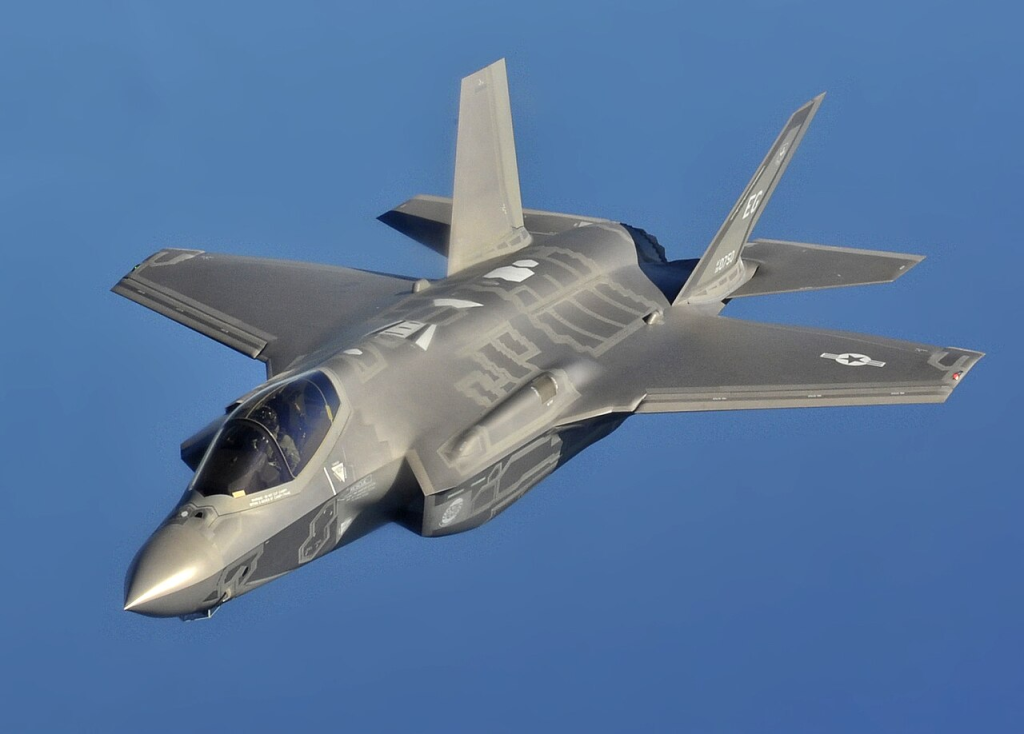
5. Leap in Radar and Sensors: The APG-85 and A-EOTS
Northrop Grumman’s AN/APG-85 AESA radar, to be fitted on Lot 17 F-35s, will provide enhanced detection and electronic warfare capability. However, the Lockheed Martin has warned of schedule hazards, resulting in a fuselage redesign to accommodate either the APG-81 or APG-85.
To augment the radar, Lockheed’s Advanced EOTS and RTX’s Next-Gen EO DAS will also improve situational awareness. These sensor upgrades are necessary for contested environment operation, enabling the F-35 to operate as a networked battlespace node from land or sea.

6. Engine Core Upgrade for Power-Hungry Systems
The Pentagon has selected Pratt & Whitney’s Engine Core Upgrade (ECU) over a new adaptive engine based on cost and variant commonality. The ECU will power up the F135 and extend its cooling capacity to support Block 4’s electronics and EW systems.
Critical design review is scheduled in mid-2025, with fleet introduction in 2029. The upgrade ensures that the F-35 will have the capability to support future weapons and sensors’ thermal and electrical demands capabilities required for extended carrier operations.

7. Industrial Pressure and Delivery Delays
In spite of technological improvements, the F-35 program is marred by continued delivery delays. The GAO attributed all 110 aircraft delivered in 2024 as being 238 days late, on average, while Block 4 upgrades were $6 billion over budget and five years behind schedule. TR-3 integration, the key to unlocking many new capabilities, has been the major bottleneck.
For Italy, these delays create a planning dilemma. A nuclear carrier built with advanced F-35 capabilities will have to factor in the risk that critical systems will not be available when the ship goes into service in the 2030s.
Italy’s quest for a nuclear-powered carrier and the F-35’s rapidly accelerating modernization are coming together as a strategic imperative and a logistical challenge. With shipbuilding schedules coordinated with fighter capability deliveries, Rome might deploy one of the most capable carrier strike groups in Europe. But the technological vision is accompanied by risks, and the coming decade will determine if industrial execution can keep up with strategic intent.


